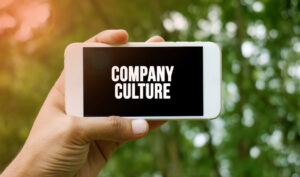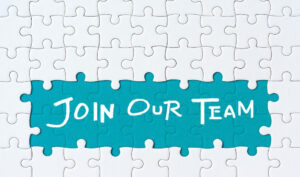
How the Era of Hybrid Work Impacts Employee Travel, Spending, and the Workplace Experience
Sponsored by: SAP Concur The next chapter of the future of work – hybrid work—is underway as businesses return to the physical office in some

Sponsored by: SAP Concur The next chapter of the future of work – hybrid work—is underway as businesses return to the physical office in some

One of the important factors involved in running a business is finding and retaining good employees. Yet, employees choosing to leave a job due to

The Great Resignation. The Big Quit. The Lie-Flat economy. The Great Reshuffle. The Great Rift. Whatever you want to call it, the way human beings

Graduation season is here, and many recent or soon-to-be graduates are about to enter the workforce. In fact, it is estimated that companies plan to

Gone are those days when people used to travel to their workplaces. According to a Pew Research report, about one-fifth of workers having the flexibility to

Sponsored by: Cornerstone Learning is the most important thing we do at work. I know that’s a bold statement. I’m sure you’re already trying to

The Great Resignation was a very real and present concern for HR professionals in 2021. In December alone, 4.3 million workers left their jobs. As the

Podcast Sponsored by: QuantumWork Advisory According to McKinsey, the pandemic has accelerated existing trends in remote work, e-commerce, and automation. As a result, up to

Bias can be a powerful factor in the recruitment process. In 2019, researchers from the University of Chicago and the University of California, Berkeley, began

As a business leader, you want to keep employees engaged at work and encourage company loyalty. How does the empathetic workplace blend in with those

Working remotely is something that many of us have experienced during the pandemic. If you look at your social media feeds, you will notice multiple

There are several job vacancies advertised each day. The question is how many of them manage to attract prospective candidates. Many recruiters struggle to locate

Sponsored: Orion Talent I am a staunch advocate of veteran hiring. It is a smart business decision with a positive impact on everything from profitability to

We all know that hiring young talent can bring a lot of positives to any organization. Younger workers are digital natives, they tend to have

Over the past 24 months, IT teams have been burdened with many unprecedented challenges. Most notably, a rising number of security concerns. But enhancing security

2021 turned out to be a year that introduced many new terms into the common vocabulary. One of the most popular terms – The Great

For many of us, virtual meetings have become the lifeblood of remote working communication. COVID-19 has made face-to-face meetings the exception rather than the rule.

There is a lot of buzz in the business world about coworking spaces because of their quick rise to fame. The first official coworking space

Women in the workforce have always faced a lack of upward mobility, unequal pay, and suppression of our talent in the workplace. Now, let’s add

What is the internet of careers? And how will that impact the future of work? We approach the end of a genuinely unprecedented year. And

The impacts of COVID-19 and the measures governments and organizations are taking to contain it right now are unprecedented. The hourly breaking news headlines of
When you hire employees, especially Generation Z and the youngest millennials, you’re investing in the future of your organization. Contributing to their development is one

We are in the midst of a data revolution. Businesses and organizations across all sectors collect, store and analyze huge amounts of information. However, they

As artificial intelligence evolves, we’re going to increasingly rely on it for boosting the hiring process. In Life 3.0: Being Human in the Age of
As always, I’ve been following the trends that are really going to change the way we work. Among them: the need to continue evolving our